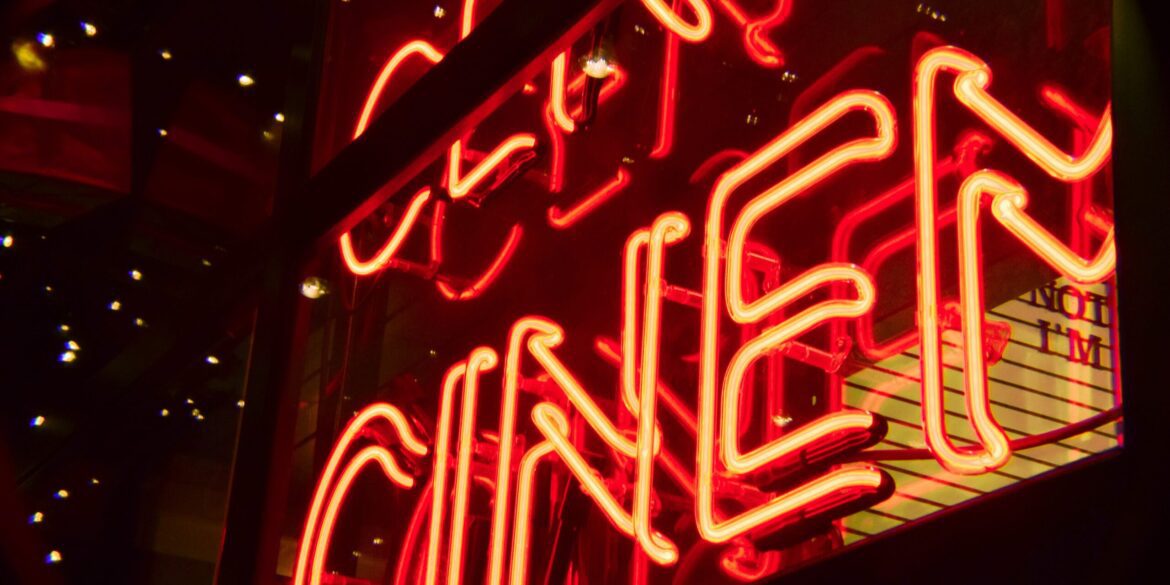On a warm Hollywood evening, cinephiles and design enthusiasts gathered at the Billy Wilder Theater at UCLA’s Hammer Museum for the conclusion of Art Deco in the Movies: A Centennial Celebration. The two-night program, presented by the UCLA Film & Television Archive in collaboration with the Art Deco Society of Los Angeles, was timed to mark the 100th anniversary of the 1925 Paris International Exhibition of Modern Decorative and Industrial Arts, the moment that introduced the world to the distinctive movement that would become known as Art Deco. For those in attendance, the screenings and conversations created an atmosphere that felt both nostalgic and forward-looking, underscoring the power of design in shaping cinematic storytelling.
The series unfolded over two evenings, each curated to highlight different aspects of the Art Deco era. The first night, August 22, featured a double bill that showcased the eclectic range of Art Deco’s impact on film. The audience first enjoyed Monkey Business (1931), a lively Marx Brothers comedy that captured the modernist playfulness of the period. It was followed by The Black Cat (1934), a horror film that used the sleek geometry and unsettling symmetry of Art Deco design to heighten its eerie atmosphere. The juxtaposition revealed how the same design language could be used to evoke both whimsy and menace, reinforcing Art Deco’s flexibility as a cultural touchstone.
The second and final evening, August 23, brought the rare French silent film L’inhumaine (1924) to the big screen. The film was more than a narrative—it was a visual experiment, with set designs by the artist Fernand Léger, interiors by glassmaker René Lalique, costumes by Paul Poiret, and direction by Marcel L’Herbier. The result was a cinematic spectacle that drew directly from the spirit of the 1925 Paris Exposition. In presenting L’inhumaine, the series highlighted how Art Deco’s influence was international, shaping not only American studio productions but also avant-garde European cinema.
Throughout both nights, contextual introductions deepened the audience’s experience. On the first evening, Marc Chevalier, chairman of the Board of the Art Deco Society of Los Angeles, spoke about the enduring role of design in cinema and how films of the early 20th century embodied the optimism and anxiety of a rapidly modernizing society. On the second evening, Margot Gerber, president of the Art Deco Society, guided viewers through the historical significance of L’inhumaine and its lasting contribution to the Art Deco aesthetic. These commentaries set the stage for screenings that were as much about cultural history as they were about entertainment.
The series was more than a film program—it was a reminder of the ways in which cinema serves as both a mirror and a canvas for broader cultural shifts. In the 1920s and 1930s, as urban skylines rose and modernist architecture redefined cities, films echoed these changes with streamlined sets, polished surfaces, and bold geometric forms. Movies such as Metropolis (1927) and Our Dancing Daughters (1928) reflected a world captivated by speed, industry, and the glamour of the Jazz Age. The centennial screenings served to connect that past with the present, illustrating how the visual lexicon of Art Deco still informs contemporary design in film, fashion, and architecture.
For many attendees, the program also underscored the importance of film preservation and historical programming. Screenings like these are possible because of the meticulous work of archives and film societies that maintain, restore, and reintroduce classic works to new audiences. By showcasing prints rarely seen in public, the UCLA Film & Television Archive reinforced its role as a steward of cinematic heritage. The Art Deco Society’s involvement further emphasized the intersection of film history with design history, bridging the interests of multiple cultural communities in Los Angeles.
The atmosphere inside the Billy Wilder Theater was steeped in a sense of occasion. The theater, with its modern design and cinematic prestige, proved the perfect venue for a series that celebrated a movement devoted to elegance, style, and innovation. Attendees were not just watching films; they were experiencing the legacy of a cultural movement that continues to resonate a century later. After the final credits rolled, many lingered in conversation, reflecting on how cinema’s visual artistry has the power to transport audiences across both time and space.
As the curtain fell on the celebration, what remained was not just the memory of rare films but also an appreciation for the enduring legacy of Art Deco itself. The movement’s bold lines and shimmering materials spoke to an era that embraced both the promise of the future and the romance of modernity. A hundred years later, those same qualities still capture the imagination, proving that Art Deco in cinema is not just a historical curiosity but a living influence that continues to shape the way stories are told on screen.

